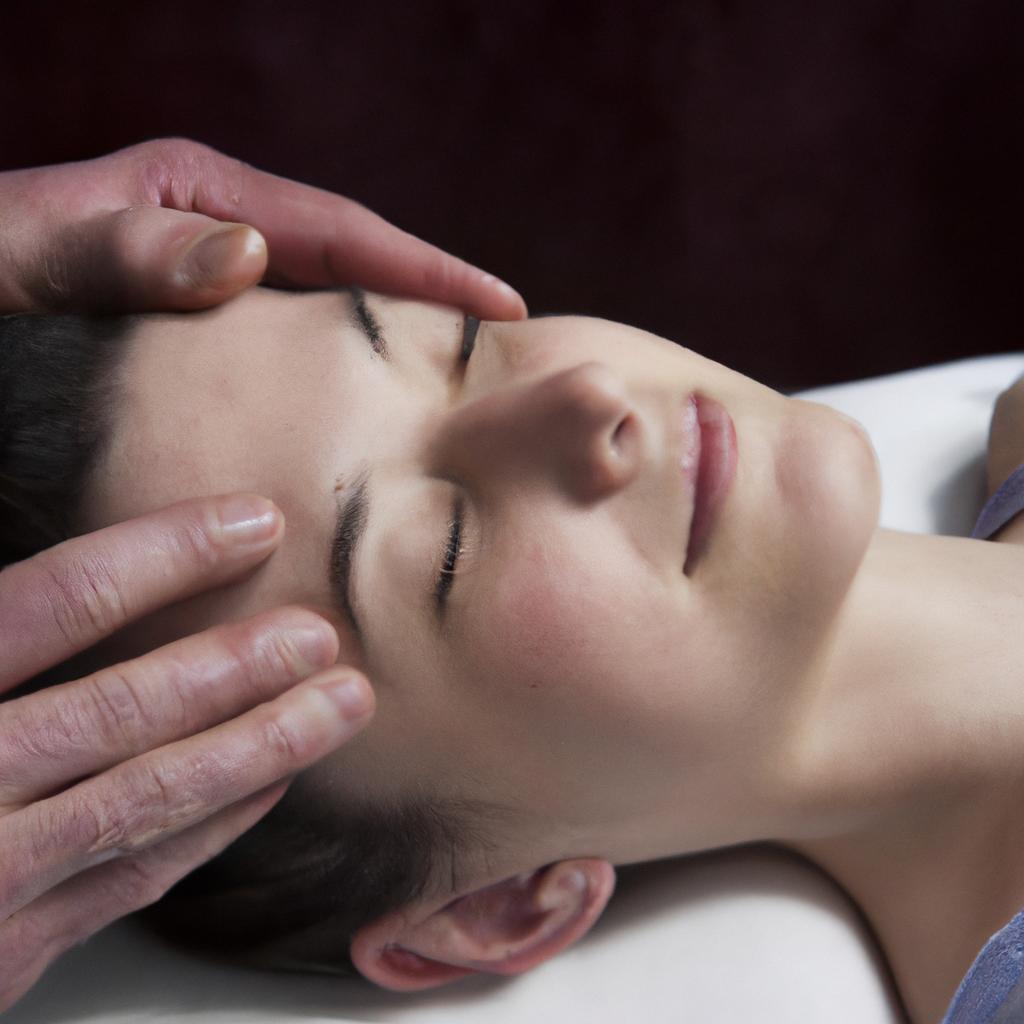**”Exploring the Benefits of Craniosacral Therapy: Techniques for Releasing Tension and Enhancing Holistic Well-Being”**
# Exploring the Benefits of Craniosacral Therapy: Techniques for Releasing Tension and Enhancing Holistic Well-Being
Craniosacral therapy (CST) is an increasingly popular form of alternative medicine that focuses on the gentle manipulation of the craniosacral system—comprising the membranes and cerebrospinal fluid surrounding the brain and spinal cord. This hands-on approach promotes relaxation, relieves tension, and fosters overall well-being. In this blog post, we will explore the various techniques utilized in craniosacral therapy, the health benefits it offers, and practical nutrition and exercise advice to complement this therapeutic practice.
## Understanding Craniosacral Therapy
Craniosacral therapy was developed in the 1970s by Dr. John Upledger, an osteopathic physician. The therapy is based on the premise that blockages or restrictions within the craniosacral system can lead to physical and emotional issues. By using light touch and gentle manipulation, practitioners aim to restore the natural flow of cerebrospinal fluid and release tension stored in the body.
### Techniques Used in Craniosacral Therapy
CST involves several techniques that can vary depending on the practitioner’s training and the client’s needs.
– **Gentle Touch**: The therapist applies light pressure, typically no more than the weight of a nickel, to various parts of the body, focusing primarily on the head, neck, and spine.
– **Listening and Palpating**: Practitioners are trained to “listen” to the body’s rhythms and assess areas of tension or restrictions. This is often done through subtle hand movements that can feel like a soft pulse.
– **Releasing Restrictions**: Through specific techniques, therapists help to release physical blockages. This may involve holding certain areas for an extended period, allowing the body to naturally realign and release tension.
## Nutrition Tips
A holistic approach to well-being includes paying attention to diet. Here are some nutrition tips to complement craniosacral therapy:
– **Hydration**: Drink plenty of water to help keep the body’s systems functioning optimally. Proper hydration supports the flow of cerebrospinal fluid and helps lubricate joints.
– **Anti-Inflammatory Foods**: Incorporate foods rich in omega-3 fatty acids, such as fatty fish, walnuts, and flaxseeds, which can help reduce inflammation and promote healing.
– **Fresh Fruits and Vegetables**: Foods high in antioxidants, such as berries, leafy greens, and citrus fruits, contribute to overall health and can enhance the body’s natural healing processes.
– **Mindful Eating**: Approach meals with mindfulness, paying attention to hunger cues and savoring each bite. This practice can reduce stress and promote a sense of well-being.
## Exercise Advice
Physical activity plays a crucial role in maintaining overall health and can enhance the benefits of craniosacral therapy. Here are some exercise recommendations:
– **Gentle Stretching**: Incorporate daily stretching routines focusing on areas prone to tension, such as the neck, shoulders, and back. Gentle stretches can help release tightness and improve flexibility.
– **Mind-Body Exercises**: Practices like yoga and tai chi combine movement, breath, and mindfulness, making them excellent complements to CST. These activities help promote relaxation and body awareness.
– **Walking**: Simple, low-impact exercises like walking can improve circulation, reduce stress, and enhance mental clarity. Aim for at least 30 minutes of brisk walking most days of the week.
– **Breathwork**: Engaging in deep breathing exercises can help calm the nervous system and release pent-up tension. Consider incorporating breathwork into your daily routine to enhance relaxation.
## Health Benefits of Craniosacral Therapy
The health benefits of craniosacral therapy are extensive, making it a valuable treatment for various conditions.
– **Stress Reduction**: By promoting deep relaxation, CST helps reduce stress and anxiety, contributing to a greater sense of emotional well-being.
– **Pain Relief**: Many individuals report relief from chronic pain conditions, including migraines, neck pain, and lower back pain, following craniosacral therapy sessions.
– **Improved Mobility**: CST can enhance flexibility and range of motion by releasing tension in muscles and connective tissues.
– **Enhanced Central Nervous System Function**: By improving the flow of cerebrospinal fluid, CST can support the central nervous system’s overall function, which may lead to improved mental clarity and emotional balance.
– **Emotional Release**: Many clients experience emotional release during sessions, which can lead to a greater understanding of personal trauma and enhanced emotional health.
In conclusion, craniosacral therapy offers a holistic approach to well-being through gentle manipulation techniques that release tension and promote relaxation. By combining CST with mindful nutrition and exercise, individuals can maximize the benefits of this therapeutic practice, leading to improved physical health, emotional balance, and an enhanced quality of life. Embracing craniosacral therapy as part of a broader wellness strategy can pave the way for a more harmonious and fulfilling existence.















Post Comment